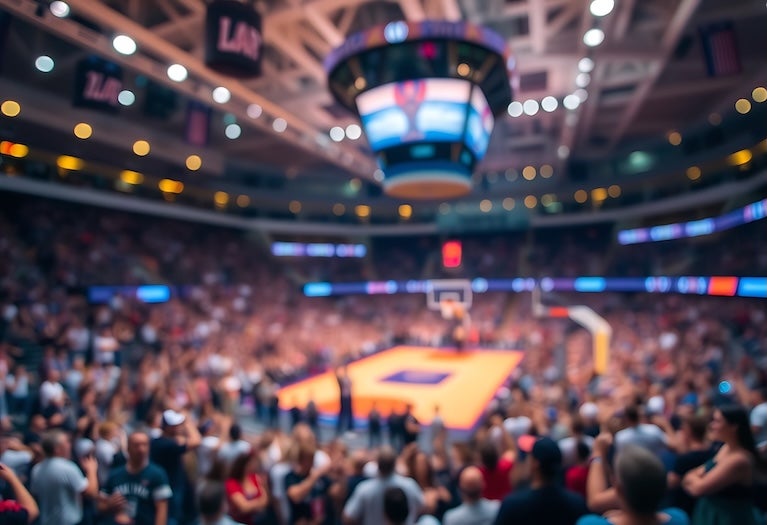With March Madness just around the corner, the spotlight is once again on college basketball — and with it, the conversations around race, competition and media narratives in sports.
A newly published study from Rice University and the University of Illinois Chicago takes a data-driven look at one of the most polarizing sports controversies in recent memory: the Angel Reese versus Caitlin Clark debate from the 2023 NCAA women’s championship.

During the Elite Eight game, Iowa’s star guard Caitlin Clark made a now-famous “you can’t see me” hand gesture — a taunt originally popularized by wrestler John Cena — without much controversy. However, when LSU’s Angel Reese made the same gesture toward Clark in the closing moments of the national title game, the reaction was starkly different. Some media personalities and fans criticized Reese as “classless” and “unsportsmanlike,” while others defended her, leading to a nationwide discussion about double standards in sports, race, and gender.
Now a new study quantifies what many already suspected: Public and media reactions to Reese and Clark were not just different but racialized.
Doctoral candidate Shahill Parsons, alongside computational analyst Ian Kennedy, analyzed 700,000 tweets from before, during and after the game to unpack the racial dynamics at play. The study, published in Sage Journals, found that while Clark was largely celebrated, Reese was disproportionately criticized, often with racial undertones.
“This wasn’t just social media chatter — this was a real-time reflection of how race and gender shape public perception,” Parsons said. “Reese and Clark did the same thing, but the responses weren’t just different, they were completely opposite. That contrast tells us a lot about how bias still operates today.”
Parsons’ research builds on the concept of colorblind racism, a framework by sociologist Eduardo Bonilla-Silva, which explains how racial bias persists through coded language rather than overt discrimination.

“Even if people don’t know the term ‘colorblind racism,’ they recognize when a Black woman is called ‘classless’ while a white woman doing the same thing is praised as ‘competitive,’” Parsons said. “We set out to measure that dynamic, and the results were eye-opening.”
One of the study’s most surprising findings? While racial bias was rampant, so was the pushback.
“We expected to see racial bias, but we didn’t expect the level of resistance to it,” Parsons said. “People may not always know academic terms like ‘colorblind racism,’ but they know injustice when they see it. Social media gave them a platform to call it out in real time.”
Notably, high-profile figures like LeBron James and Shaquille O’Neal publicly defended Reese, challenging the double standards at play. This suggests that while social media can reinforce biases, it can also serve as a tool for accountability.
Beyond basketball, the study speaks to larger cultural shifts in how race, gender and public narratives intersect.
“This study proves that marginalized voices are not powerless,” Parsons said. “We can counter racial narratives in real time, using the very same platforms where these biases emerge.”
The full study, “I’m Telling My Sons About This,” is available now.
To interview Parsons, please contact Kat Cosley Trigg, media relations specialist at Rice, at kat.cosley.trigg@rice.edu or 832-314-5999.

